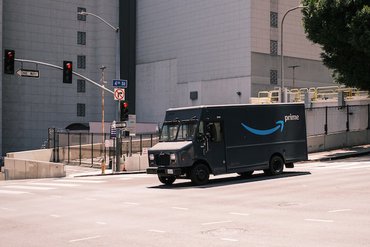Redacted portions of the Federal Trade Commission’s monopoly lawsuit against Amazon show that the online retail giant used an algorithm named “Project Nessie” to test how much it could raise prices so that competitors would follow, reports The Wall Street Journal.
People familiar with the allegations shared that the algorithm helped Amazon improve its profit across shopping categories. In instances where competitors didn’t raise prices to meet Amazon’s level, the algorithm reverted the item’s price to its original level. An unnamed source shared that Amazon made more than $1 billion in revenue using the algorithm.
“The FTC’s allegations grossly mischaracterize this tool,” an Amazon spokesman said. “Project Nessie was a project with a simple purpose — to try to stop our price matching from resulting in unusual outcomes where prices became so low that they were unsustainable. The project ran for a few years on a subset of products but didn’t work as intended, so we scrapped it several years ago.”
The FTC lawsuit indicates that Amazon had taken steps to protect its online retail monopoly by pressuring merchants and favoring its own services. It argues that Amazon’s power over sellers on its website compels higher prices across the marketplace, even from competitors.
“Amazon’s one-two punch of seller punishments and high seller fees often forces sellers to use their inflated Amazon prices as a price floor everywhere else,” reads the FTC complaint. Full Story (Subscription Required)
Related: FTC Sues Amazon Over Monopoly Concerns; Amazon Launches Women's Demo Week

